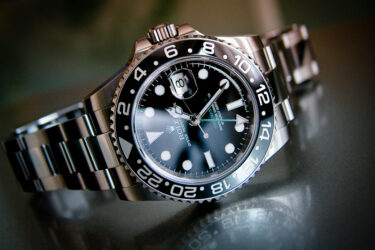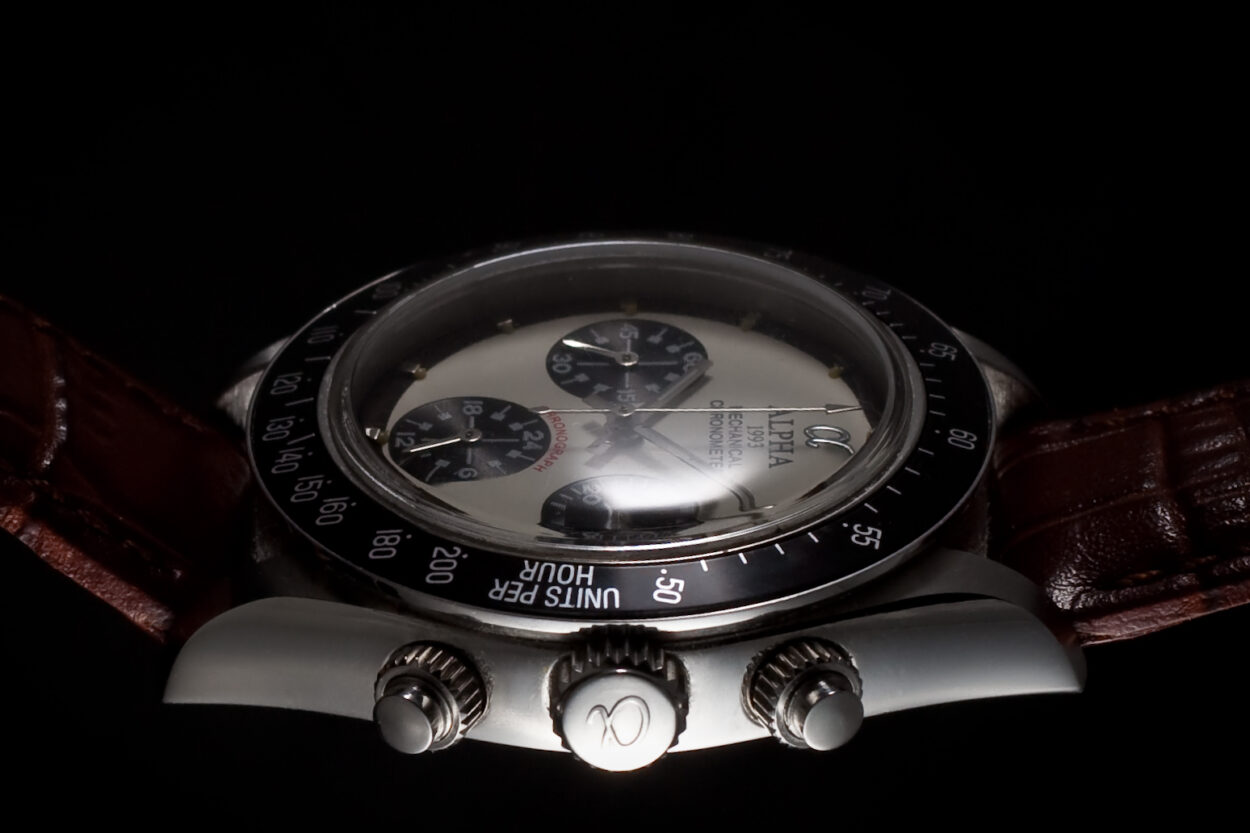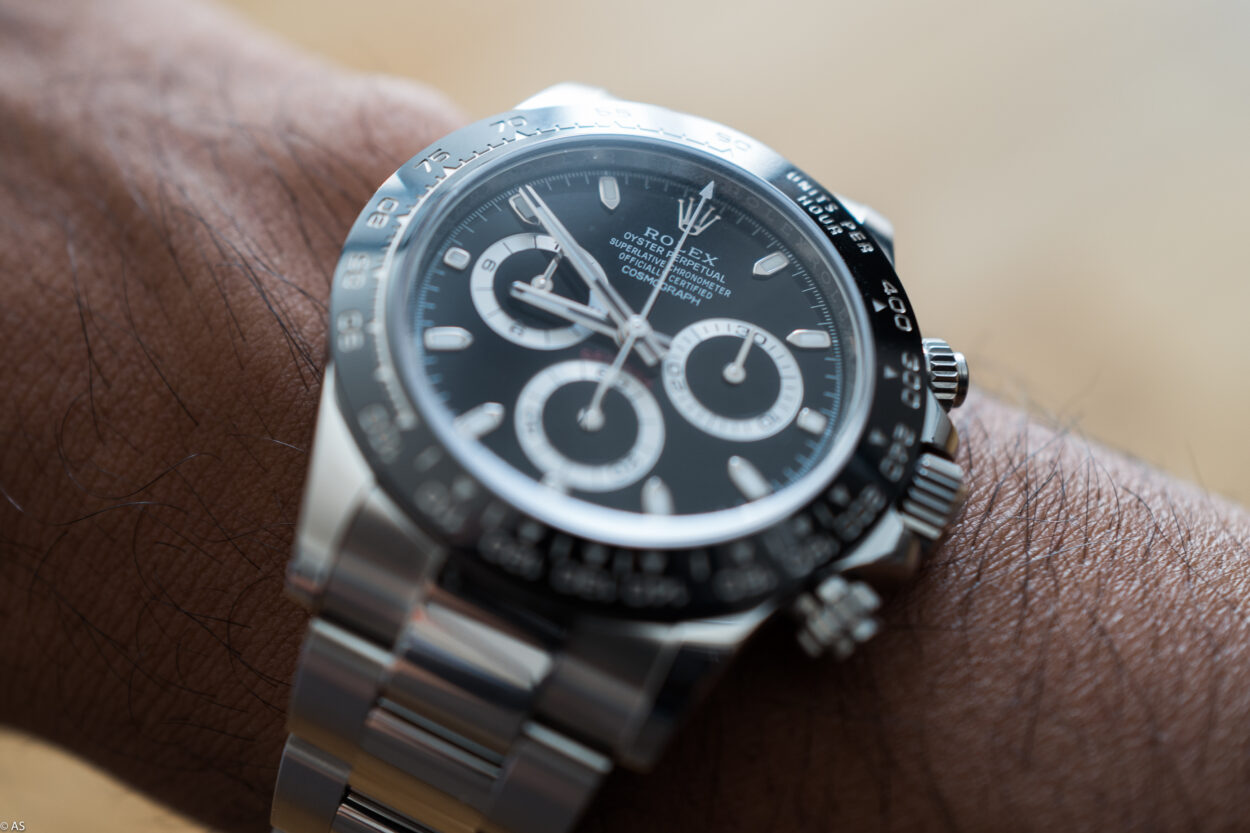Although now firmly a part of pop culture, Rolex dive watches haven’t always been so lusted after. In fact, many of you may be surprised to learn that early Submariners were in fact tool watches and weren’t the status symbol of today.
These watches were used for their true purpose, Submariners for diving just like GMTs for flying. Nowadays, of course, we rarely use professional watches for their designated purpose. They are now symbols; people naturally link Rolex with wealth.
But back in the early days of the stainless-steel sports watches, they were worn by professionals, divers, pilots and explorers. Indeed, it is the early years of Submariners and Seadwellers which have helped to popularise our modern references.
Years of testing and experimentation went into these early references to ensure their dependability and ruggedness. One such example of this extensive testing is the relationship between Rolex and COMEX.
A mutual agreement between Rolex and COMEX (Compagnie Maritime d’Expertises) was established to test the watches in extreme situations; in the environments, they were designed for.
The project spanned 27 years and saw the production of nine different COMEX references all of which were sported on the wrist of the French companies’ divers during their expeditions.
Some may say that the COMEX and Rolex relationship played a large role in establishing the Submariner and the Seadweller as two of the most iconic dive watches ever produced.
The Origins of Rolex Dive Watches
To look into the relationship between Rolex and COMEX, we must start from the early days of the Rolex Submariner, back in 1953.
The Submariner at the time represented more than just a new model for Rolex, it was also a huge turning point for the company. Rolex, before the Submariner, produced almost exclusively dress watches. Think Bubblebacks and Datejusts; this was the core of Rolex’s production.
So, a shift of this scale is a very big one for a watch manufacturer. To contextualise, that would be like modern Cartier almost exclusively shifting towards producing dive watches.
The brand was moving into a whole new market in a completely different direction. 1953 was also a year where Rolex released some very important watches, the Turn-O-Graph and the Explorer, alongside the first Submariner, ref. 6204.
The release of the Submariner would spark a fascinating layer of history for the brand and indeed for watchmaking in general. One massively interesting chapter of this Submariner tale is the period between 1970 and 1997. This is the part where Rolex partnered with COMEX to produce, and extensively test watches on the wrist of professional divers.
The Submariner ref. 5513
The very first watch produced for COMEX was the Submariner ref. 5513. This model, in its normal, mass-market form is one of the most iconic and long-standing references ever produced.
The production run for the regular 5513 ran from 1962 to 1989. The COMEX Submariner 5513 ran from 1970 to 1973. The main difference, aside from COMEX on the dial, was the Helium Escape Valve. This technology became a permanent feature on the Seadweller in later years but was in fact first tested on the COMEX Submariner 5513.
The HEV, in theory, is designed to allow divers to release gas molecules that have built up inside the watch when diving at great depths This would therefore ensure that the components within the watch are not affected by pressure from within the case. However, there has been much deliberation around the usefulness of the HEV (but that is another debate in itself). Regardless, Rolex was able to perform tests on the HEV with the COMEX divers to fully test its capabilities.
The Submariner ref. 5514
After the 5513, Rolex produced a reference which is often overlooked, the 5514 (the last Submariner with an HEV). The 5514 is, in fact, a reference reserved solely for this COMEX partnership. No commercial, non-COMEX 5514s were made. And even then, it is estimated that only 154 1514s were ever produced.
The Submariner ref. 1680
Following the 5513 and 5514, Rolex began to produce COMEX Submariners without the HEV.
The COMEX 1680 was in production for just one year. Roy and Sacha Davidoff have estimated the production quantity for the 1680 to be around the 60 mark, making this reference incredibly rare.
The Submariner ref. 16800
Following the 1680, three more Submariner references were produced, beginning with the 16800 in 1982. This reference coincides with Rolex’s transition from gloss to matte dials. It is therefore the first COMEX Rolex that can be found in two dial variants. It is hard to estimate an exact date when Rolex transitioned to the new dial. However, a 16800 with a gloss dial did sell recently and was dated to 1984, so that gives us a rough idea of the time of transition.
The Submariner ref. 16610 & 168000
The next two Submariners were produced, at one point, concurrently. First came the 16610, with an upgraded case and movement. Interestingly though, Rolex also produced a 168000 for less than a year between 1988 and 1989. This model sported the same movement as the earlier 16800 but had the case of a 16610.
The incredibly short production run makes this Submariner potentially the rarest of them all. The last Submariner, reference 16610 was produced up until the end of the relationship between the two companies in 1997.
The COMEX Seadweller References
Alongside the Submariners, Rolex also produced three COMEX Seadweller models.
The Seadweller COMEX ref. 1665
In 1977, seven years into the partnership, Rolex produced the first COMEX reference 1665 with an HEV, the technology originally tested on the Submariner 5513. Around 300 examples of this watch were ever produced, making it incredibly rare and desirable nowadays. This particular reference can also be spotted with some rather interesting and distinctive nuances.
One particular nuance is what is known as a rail dial. The rail dial is where the ‘C’ is certified and lines up with the chronometer below the dial. The other dial variant within this reference is the ‘2000ft = 600m’ dial. This is once again a pretty collectable variation. On a more general scale, the 1665 models didn’t have the word date after Oyster Perpetual, despite being a date model.
The Seadweller COMEX ref. 16660
Following the 1665 model was the 16660 in 1980 which was produced for four years. This variation also can be found in two dial variations, gloss or matte. This is because Rolex transitioned from Matte to Gloss dials in the mid-1980s, during the production of this reference. It is roughly estimated that out of the 200 COMEX examples produced, the first 50 were matte dials and the other 150 examples were glossy dials.
It is actually quite easy to spot a matte 16660 dial from a glossy one. The glossy ones have “Superlative Chronometer Officially Certified” below the depth rating and model, whereas the matte dials do not.
The Seadweller COMEX ref. 16600
The final iteration of the Seadweller, ref. 16600, was produced concurrently with the 16610 Submariner, from 1992-1997. Similar to the previous references, this model sported the HEV, which became a permanent feature on Seadweller models going forward. It has been estimated that issue numbers for this reference span from 3200 to 3299, making this model incredibly rare as well.
This model was one of the few to sport COMEX on the case back as well, which is a particularly interesting variation. The 16600 was the final reference delivered to COMEX in 1997. But this model definitely shows the progression of Rolex’s dive watches throughout the partnership.
So, why are the COMEX watches so desirable?
Quite simply, the COMEX models are so collectable and expensive due to their rarity. Rolex produced very limited numbers and even then only a select few individuals were lucky enough to own one of these watches.
The watches were also used for their original purpose, so they were used and often damaged. It is likely that some of the watches went missing in action, and some have unoriginal parts, so finding an all-original COMEX Rolex is a very rare situation.
We may never truly know the full extent of the COMEX & Rolex relationship. Non-mass-produced Rolex watches are often enigmatic. But it goes without saying that this chapter in the long history of Rolex played an important role in proving Rolex to be one of the premier tool watch manufacturers.
These watches will only continue to rise in popularity. Some people will hold onto these rare items for many years to come, only waiting for the price tags to rise. These watches helped to form the popular models we all admire today.
But it’s only when you look slightly deeper into the history of a particular model that you grow a new level of fascination with the heritage and the story behind it. And that’s exactly the role these watches play in the history of the Submariner and Seadweller models.
The Chronology of the References
To give a clear breakdown of the production references and years, here’s an estimated chronology of the COMEX-produced references.
References of the Rolex Submariner COMEX models:
- 1970-1973 – Submariner 5513 (HEV)
- 1972-1978 – Submariner 5514 (HEV)
- 1978-1979 – Submariner 1680 (no HEV)
- 1982-1986 – Submariner 16800 (no HEV – gloss or matte dial)
- 1988-1989 – Submariner 168000 (no HEV – gloss dial)
- 1986-1997 – Submariner 16610 (no HEV)
References of the Rolex Seadweller COMEX models:
- 1977-1980 – Seadweller 1665 (HEV)
- 1980-1984 – Seadweller 16660 (HEV – gloss or matte dial)
- 1992-1997 – Seadweller 16600 (HEV)
(Featured Image Reference: Rolex GMT-Master II 116710” by hypo.physe is licensed under CC BY-SA 2.0.)




